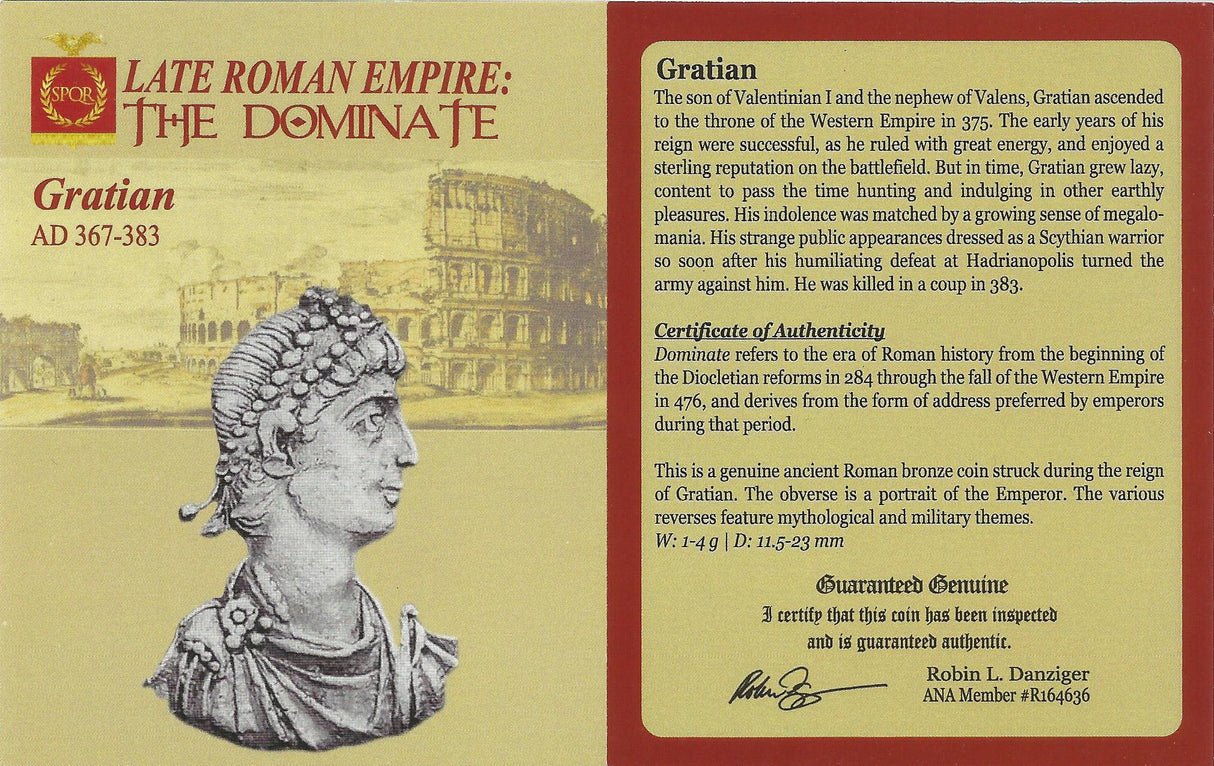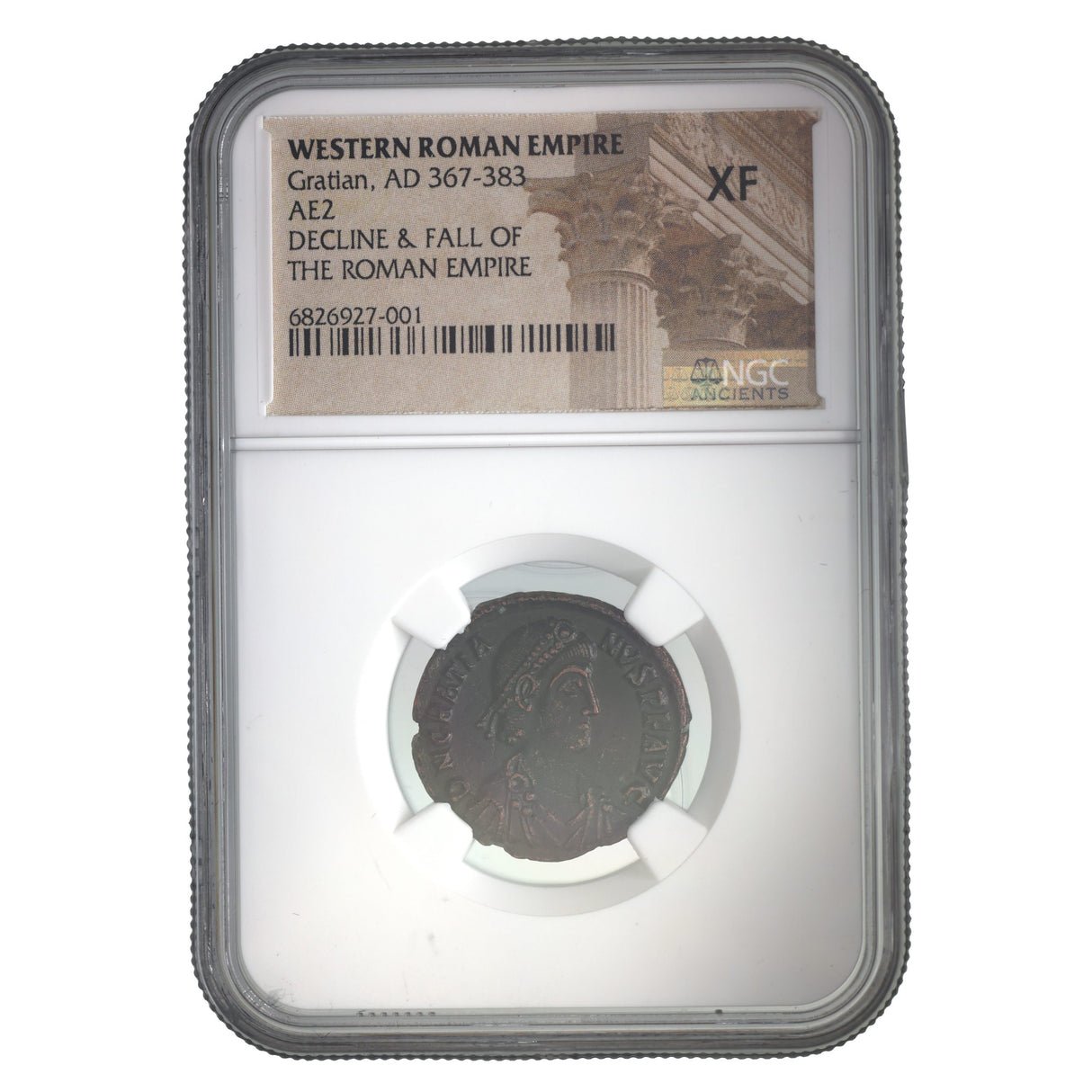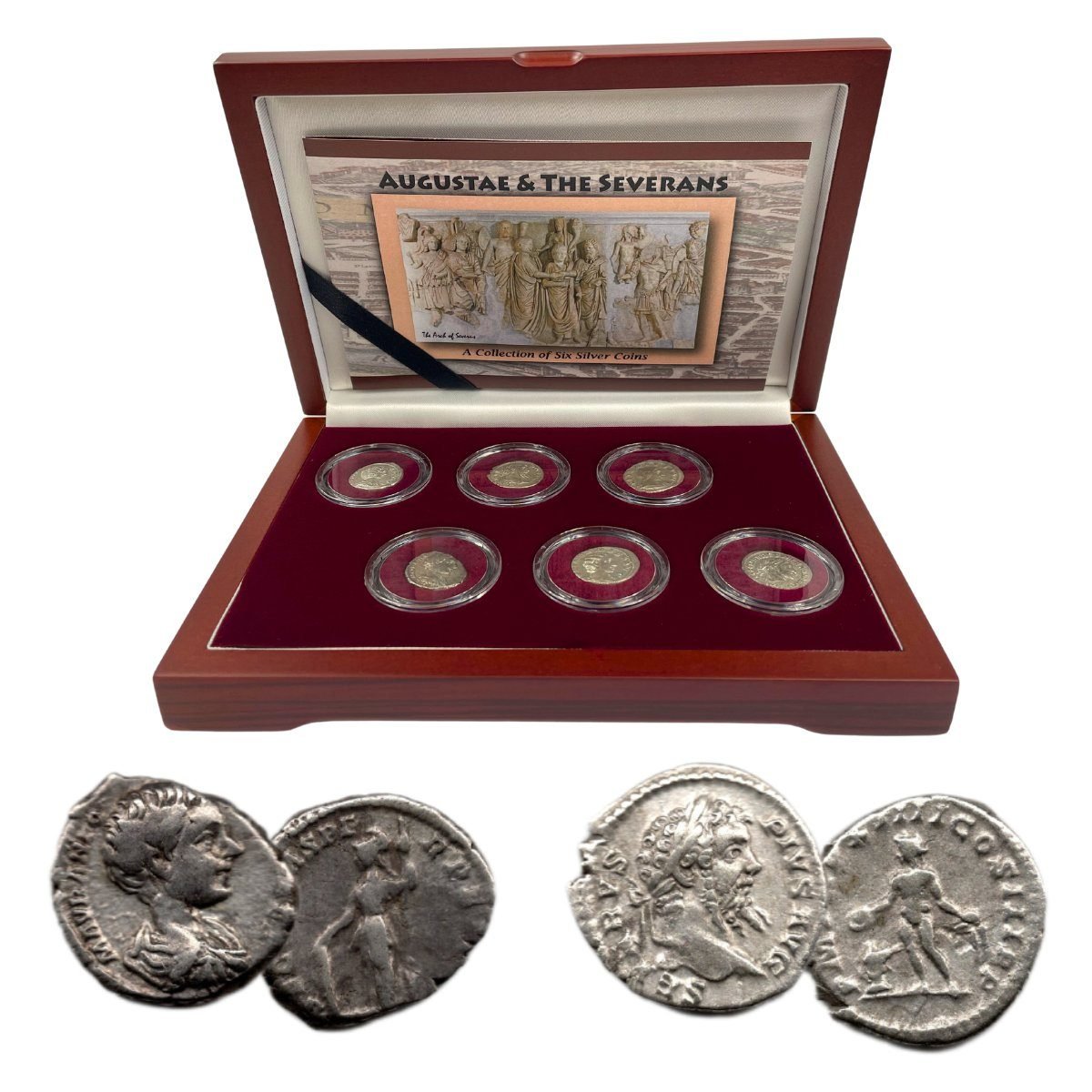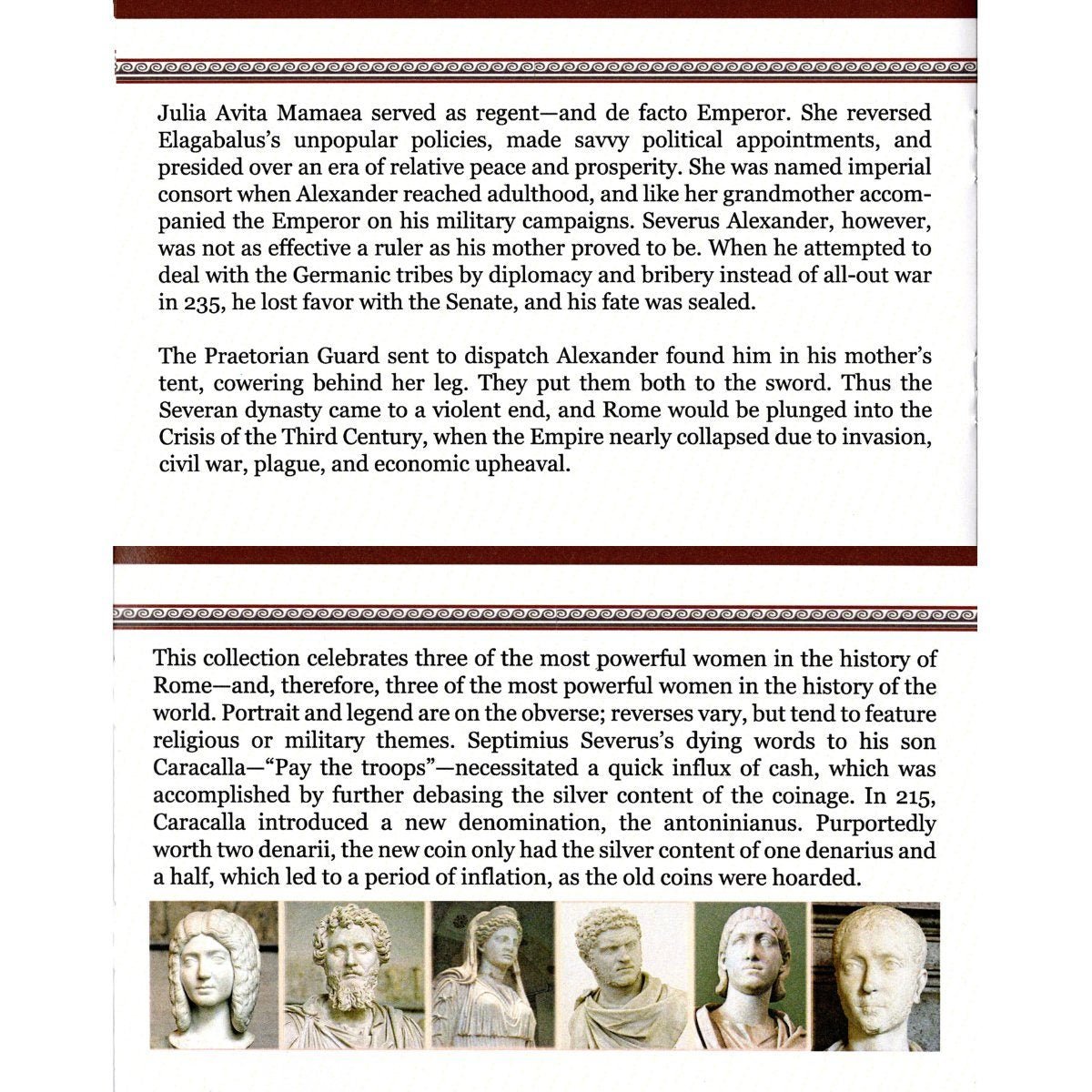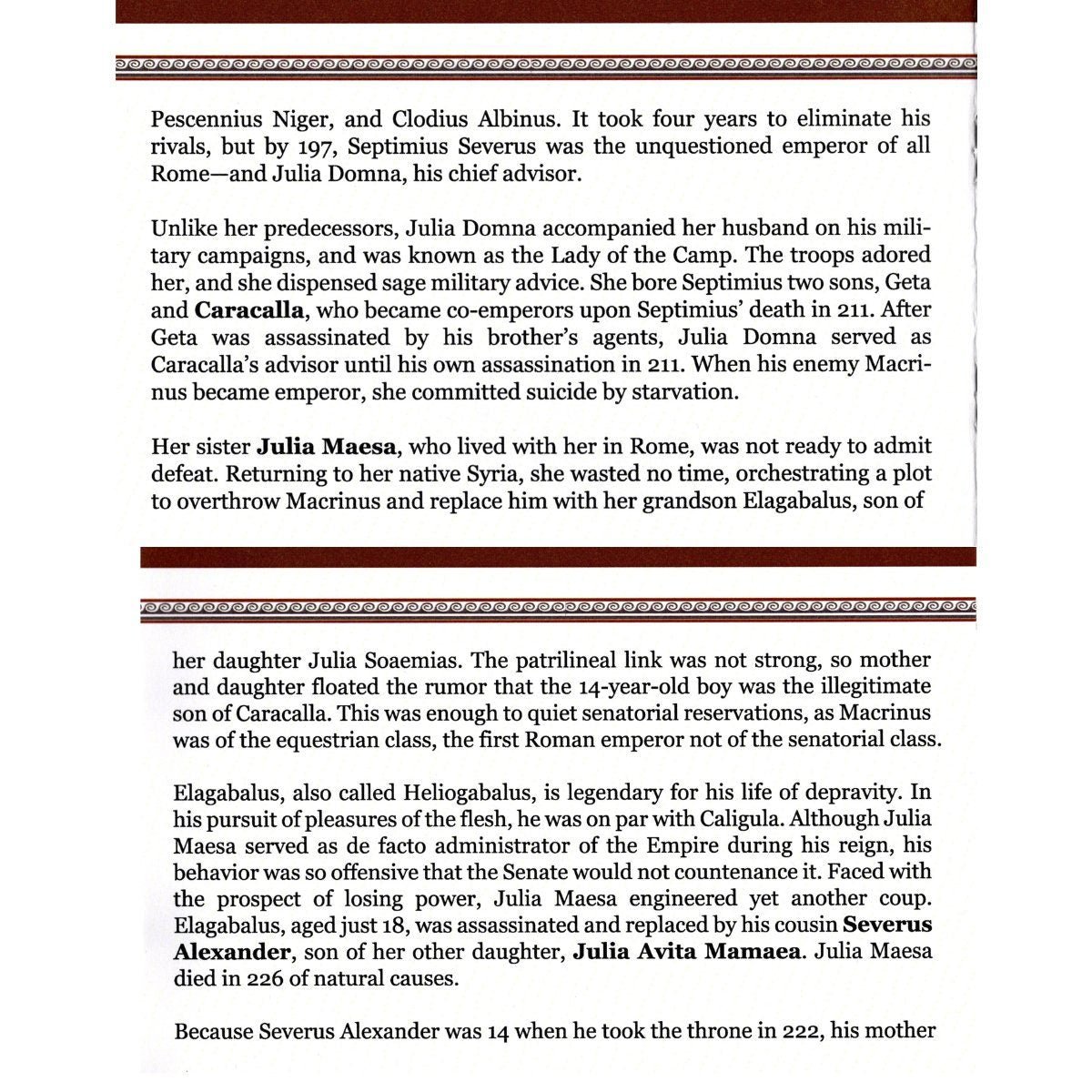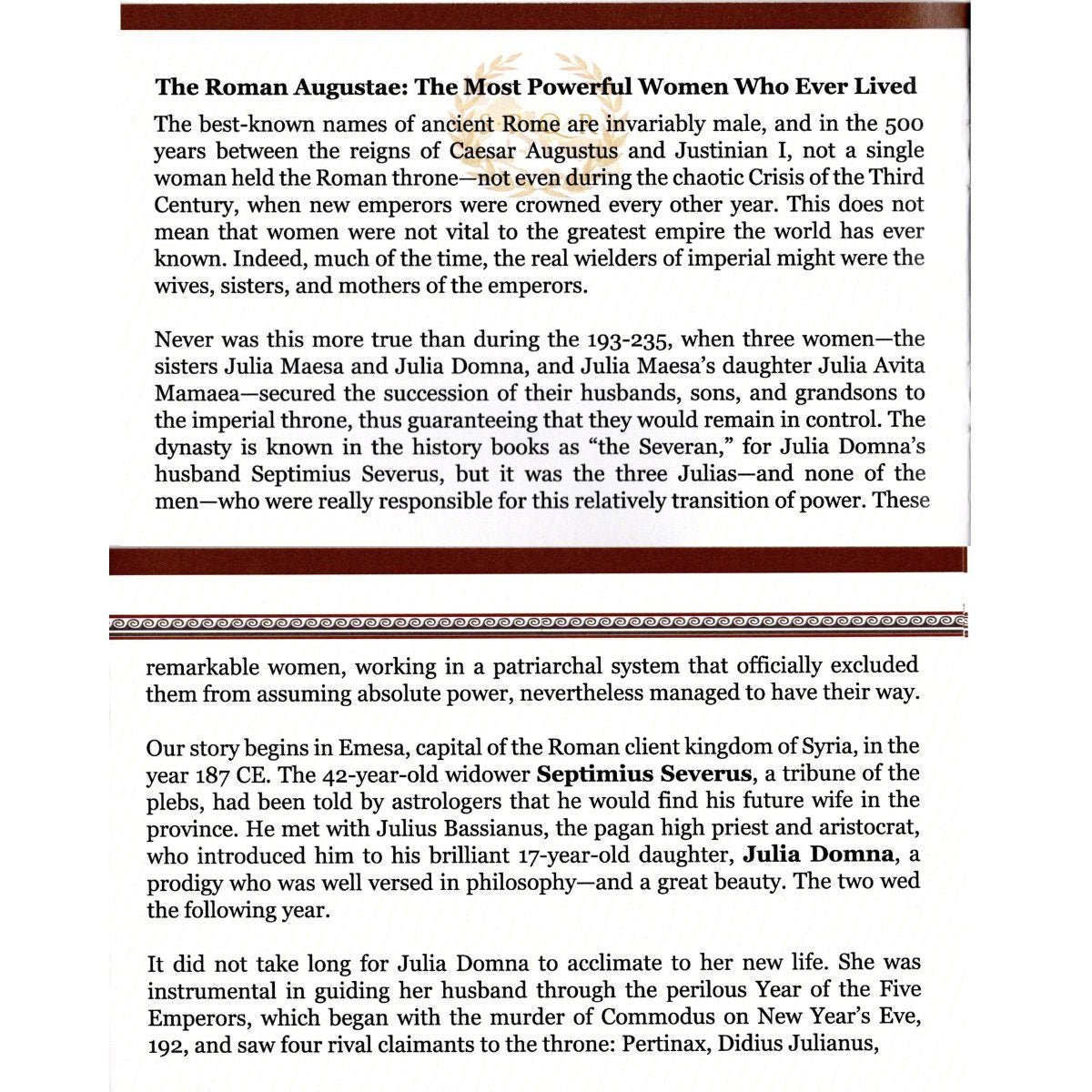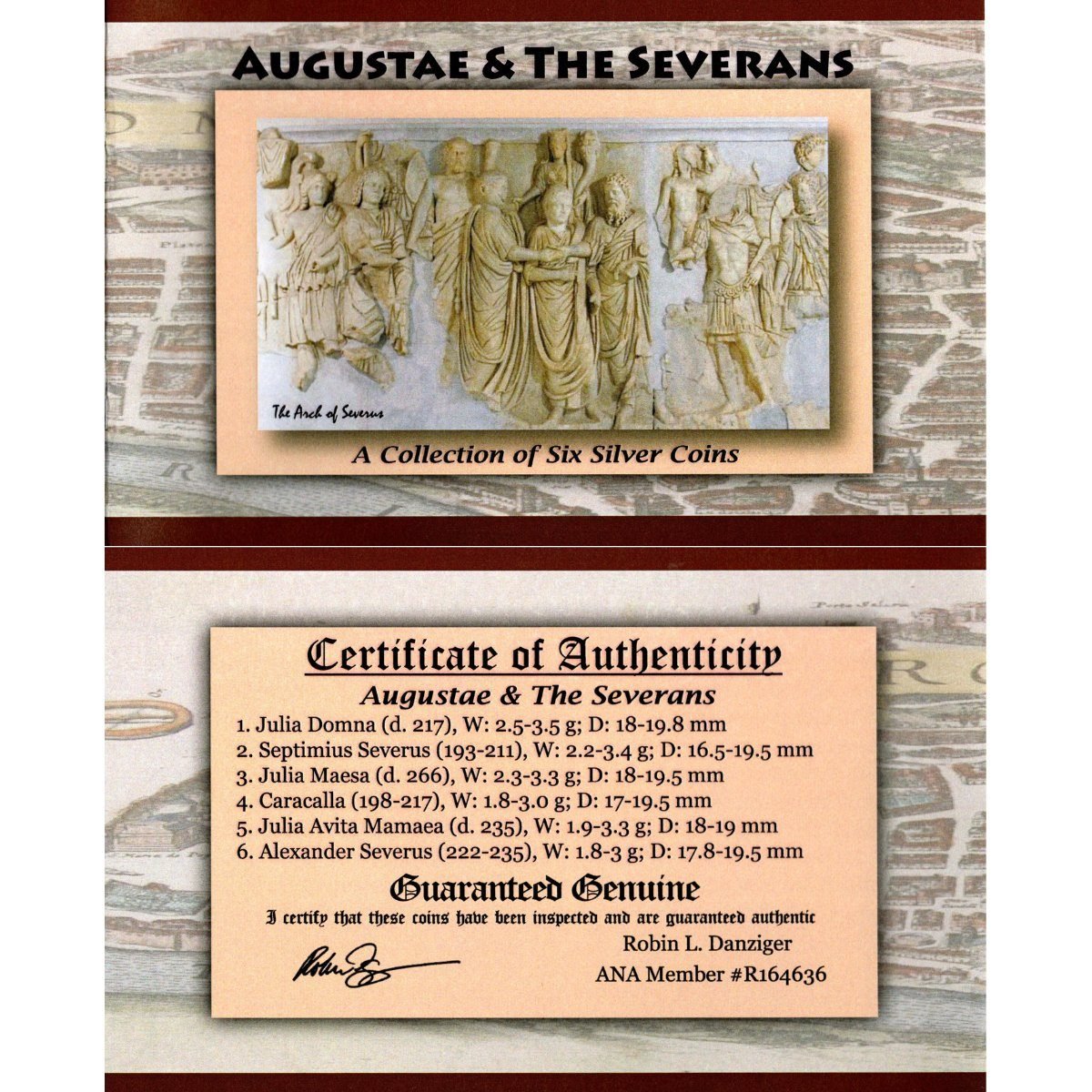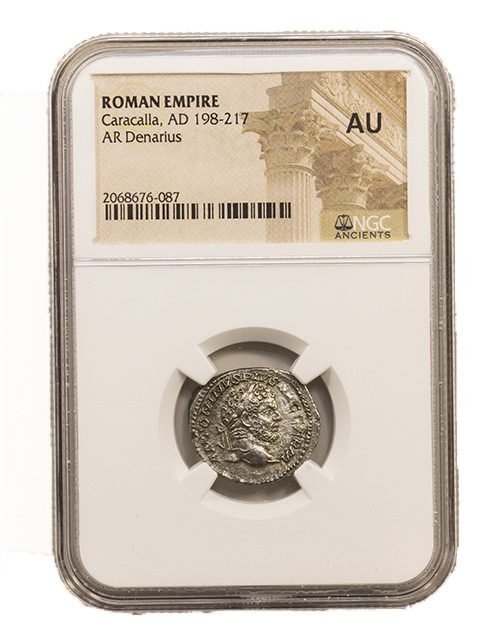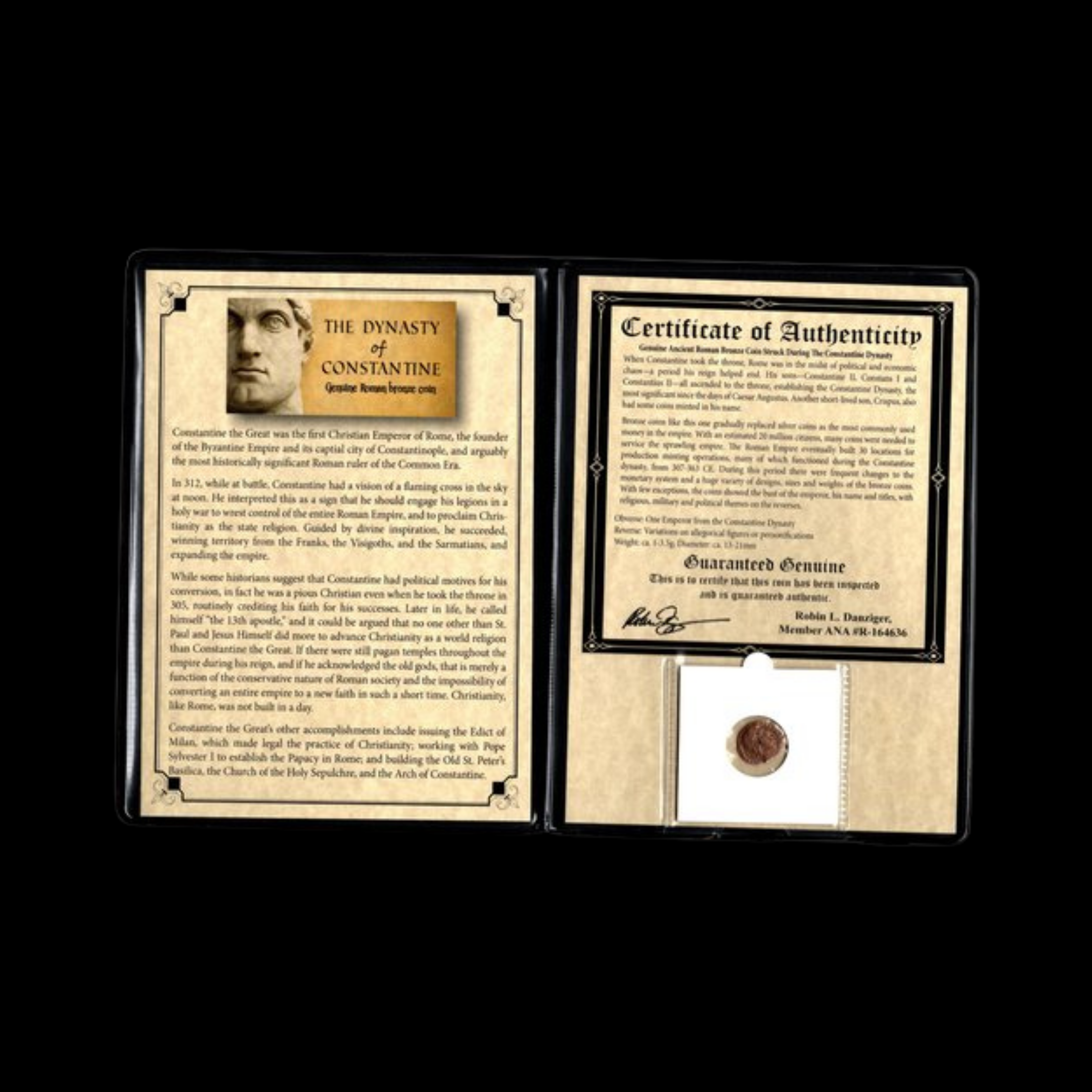Roman Coin of Gratian (about 1645 years ago)
A well-preserved larger bronze denomination from an energetic young emperor who initially showed great promise before his assassination at only 24 years of age.
Front side (obverse): Portrait of Emperor Gratian with imperial regalia
Back side (reverse): Roman imperial symbols and inscriptions
Technical specifications: Bronze AE2 denomination coin, NGC certified
Historical significance: Gratian was the son of Valentinian I and nephew of Valens who became Western Roman Emperor in 375 CE. The early years of his reign were marked by successful governance and military reputation, though his rule would eventually be cut short after just eight years.
A well-preserved larger bronze denomination from an energetic young emperor who initially showed great promise before his assassination at only 24 years of age.
Front side (obverse): Portrait of Emperor Gratian with imperial regalia
Back side (reverse): Roman imperial symbols and inscriptions
Technical specifications: Bronze AE2 denomination coin, NGC certified
Historical significance: Gratian was the son of Valentinian I and nephew of Valens who became Western Roman Emperor in 375 CE. The early years of his reign were marked by successful governance and military reputation, though his rule would eventually be cut short after just eight years.
A well-preserved larger bronze denomination from an energetic young emperor who initially showed great promise before his assassination at only 24 years of age.
Front side (obverse): Portrait of Emperor Gratian with imperial regalia
Back side (reverse): Roman imperial symbols and inscriptions
Technical specifications: Bronze AE2 denomination coin, NGC certified
Historical significance: Gratian was the son of Valentinian I and nephew of Valens who became Western Roman Emperor in 375 CE. The early years of his reign were marked by successful governance and military reputation, though his rule would eventually be cut short after just eight years.



